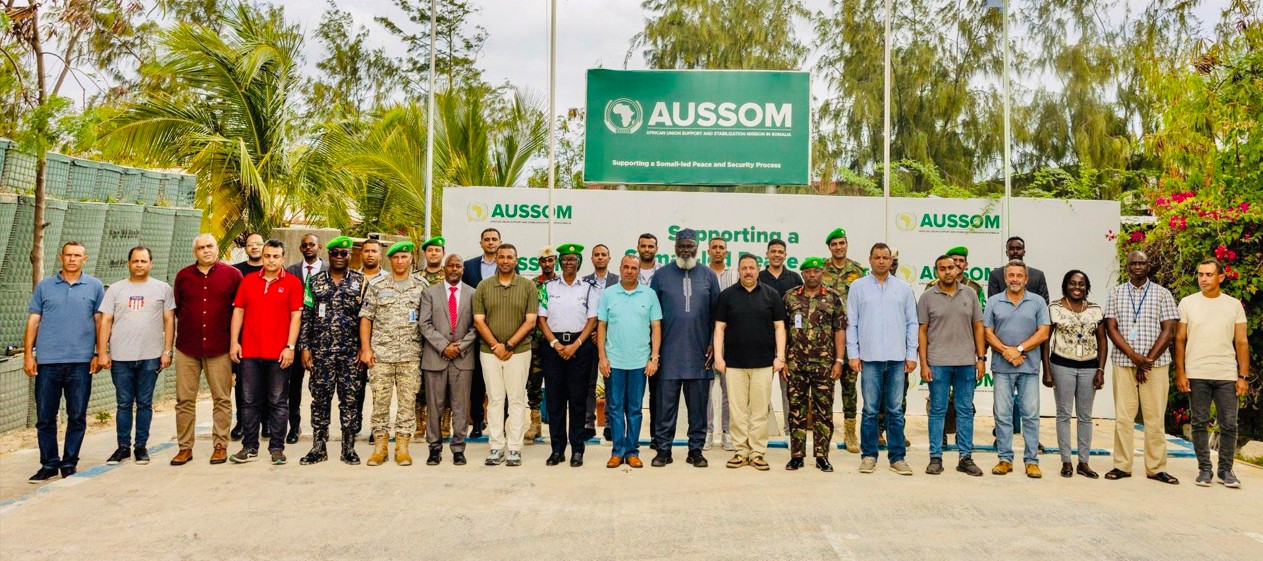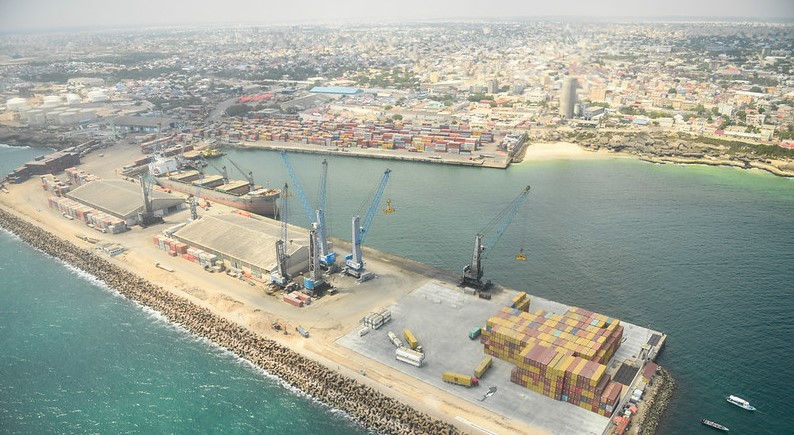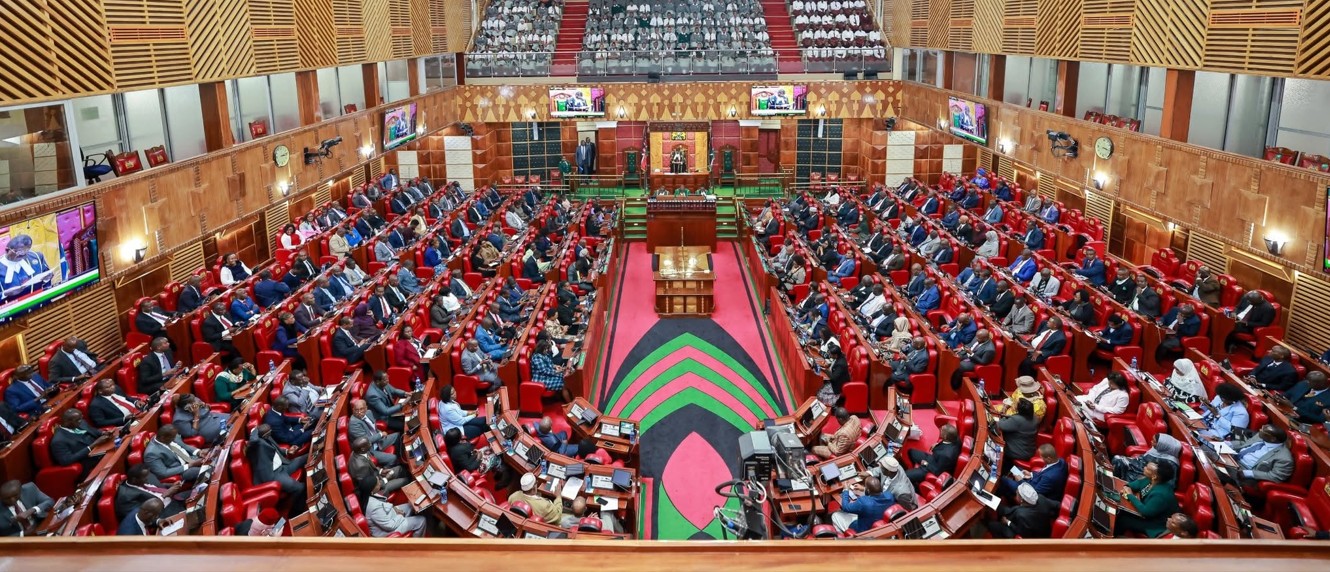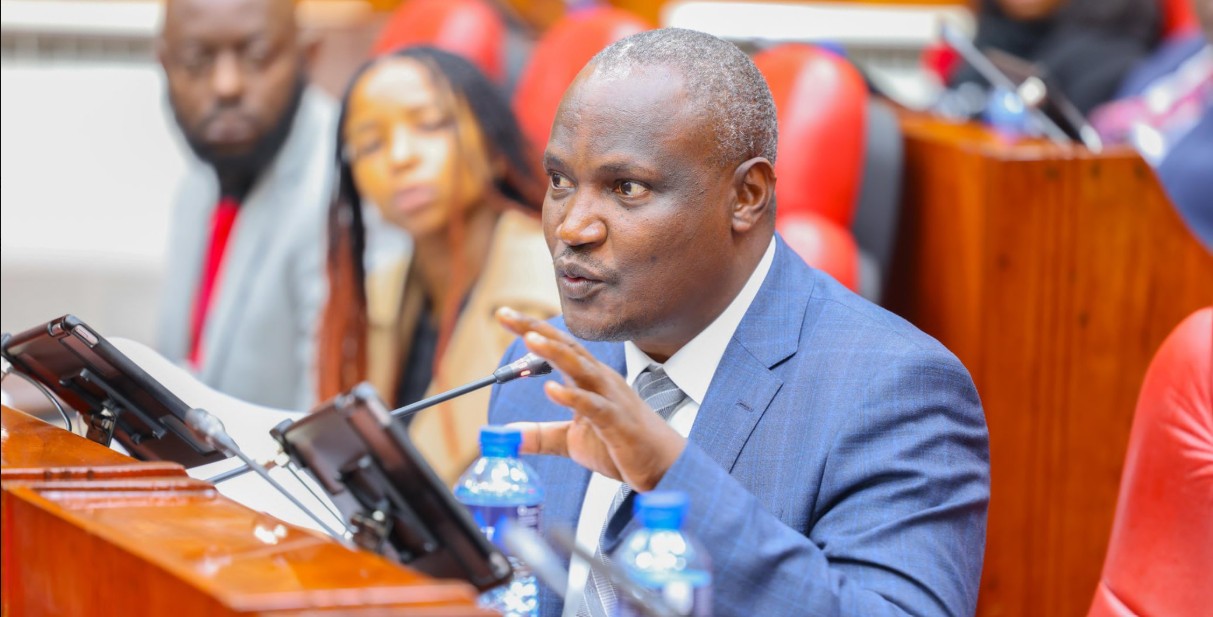Tracing the origin of ethnic Kenyan-Somalis

Contrary to popular opinion, ethnic Kenyan Somalis followed similar migration patterns to Kenya, like the Bantus and Nilotes.
For many years, the story of how a sizeable population of ethnic Kenyan Somalis found their way into the country and settled along the North Eastern Province has remained untold.
Contrary to popular opinion, ethnic Kenyan Somalis followed similar migration patterns to Kenya, like the Bantus and Nilotes, who trace their origins to Central Africa and areas along the Nile River (Egypt and Sudan), respectively.
More To Read
- Somalia adds Northeastern State to federal map despite Somaliland objections
- Egyptian military delegation in Mogadishu as Cairo prepares troop deployment to Somalia
- Somalia rolls out new e-Visa system to ease travel, boost security
- Former Somalia police chief Zakia Hussen appointed AU senior policing adviser
- Somali President Hassan Sheikh hosts UAE minister for talks on security, development
- Somalia’s government, opposition unite to fast-track elections, constitutional reform
According to history books, Kenyan Somalis also found their way to the North Frontier District (initially covering Garissa, Wajir, and Mandera) from the Horn of Africa region, primarily Somalia, way before the war broke out in the country in 1991, forcing them to flee to Kenya as refugees.
As they settled into the Northern Frontier District, Mohamed Farah, a scholar and author, notes that they widely resisted colonial intrusion.
In his book titled From Ethnic Response to Clan Identity, a Study on State Penetrative among the Somali nomadic pastoral society of North Eastern Kenya, Mohamed explains that, unlike today, Kenyan Somalis were similarly disinclined to integrate with the rest of the country.
This desire to associate more with Somalia, however, failed to sit well with the colonial masters, who, despite largely keeping off the NFD, maintained control, asserting the current boundaries and administrative units.
Though the region was eventually subdued by the colonial masters, the long distance of their homeland from the centre of administration in Nairobi and their pastoral mobility still meant they were not effectively penetrated by colonial structures.
Mohamed's book explains that when the Regional Boundaries Commission of 1962 was appointed to draw up boundary lines under a directive that they establish only six regional administrative units, the team grouped the North Frontier District under the proposed Coast region.
 A file picture of pastoralists in Somalia. (Photo: AFP)
A file picture of pastoralists in Somalia. (Photo: AFP)
This was because the Somalis were not enthusiastic about associating themselves with the proposed work of the commission and therefore cooperated less with it.
Later, when the boundaries were presented to the colonialists, the author says, a brief meeting was held and it was decided that a 7th regional administrative unit comprised of ethnic Somali groups be created.
"This officially became known as the North Eastern Region and acquired its present designation a few years earlier," he says in the book currently preserved amongst the country's historical treasure troves.
After independence, in 1963, the government continued to honour the regional arrangements that were earlier made by the colonial regime.
"To the Somali groups, this meant that they will continue to a region of their own within Kenya. This was interpreted by them to mean that the state was responsive to their need for maintaining their own separate identity," the author adds.
The Kenyan Somali community has since grown in numbers and reach, spreading its presence in many parts of the country, with a large portion however occupying the neighbourhood of Eastleigh and other parts of Nairobi.
Other Topics To Read
The community's attachment to Somalia, however, remains strong.
Top Stories Today













































